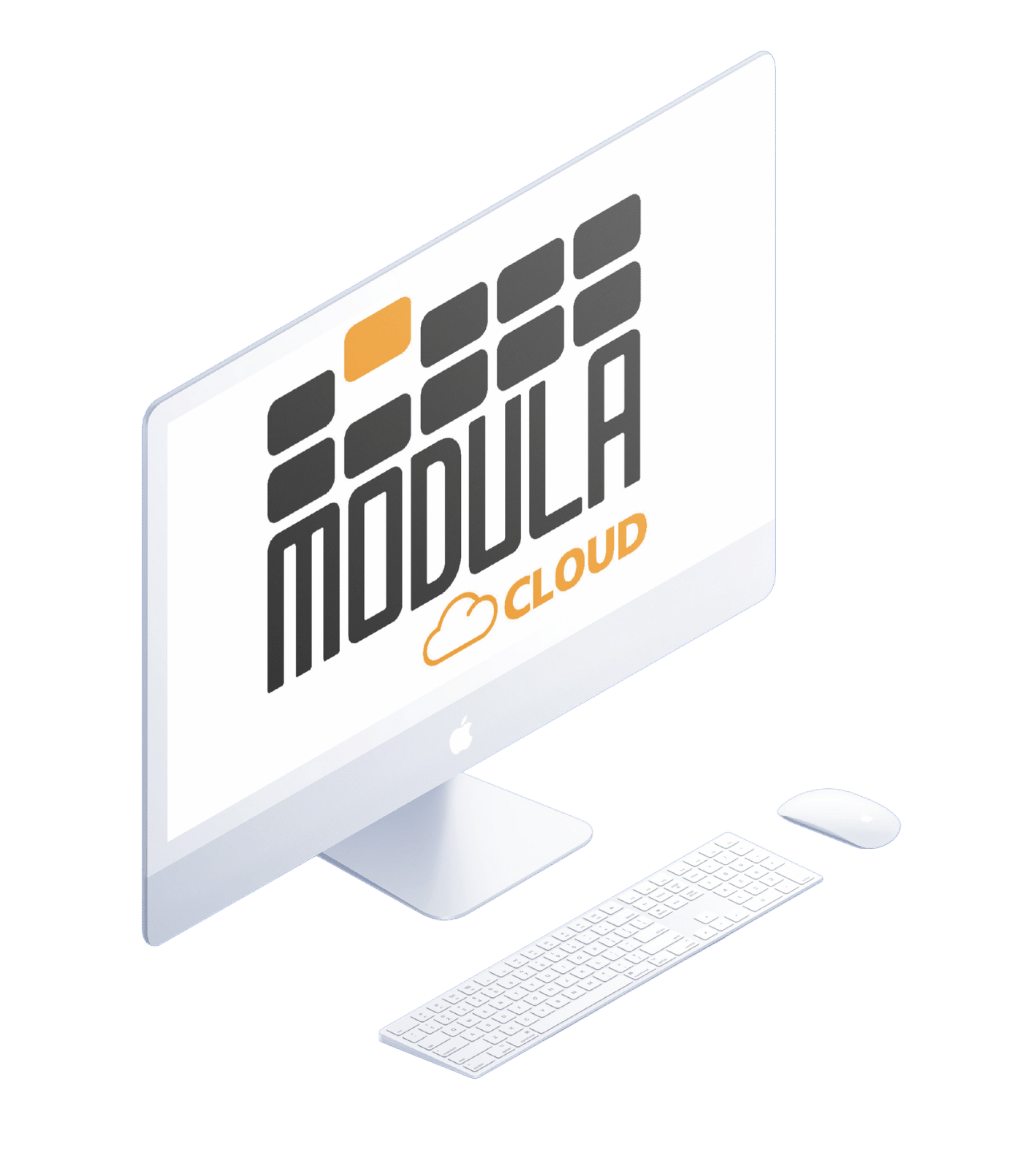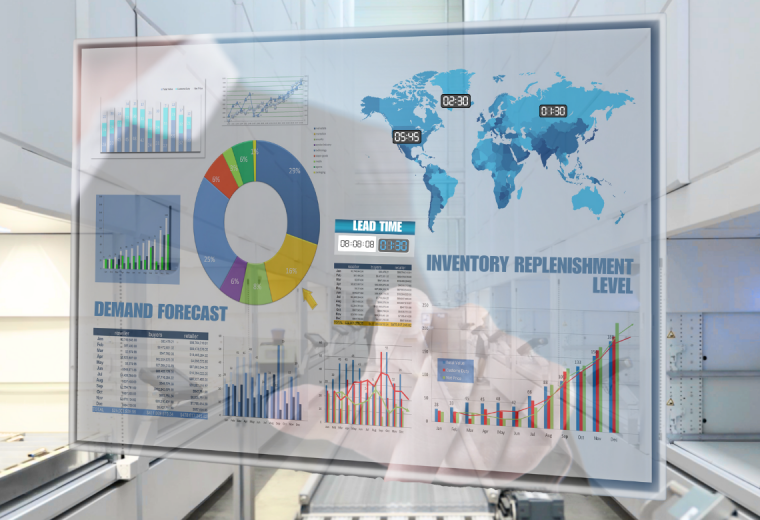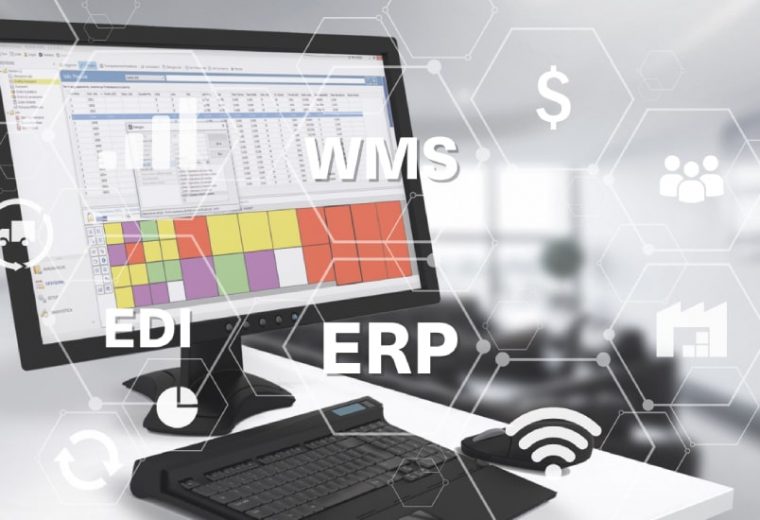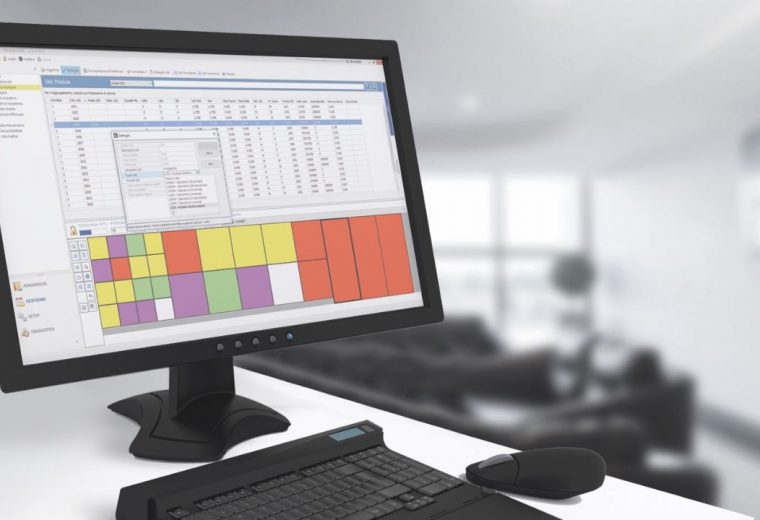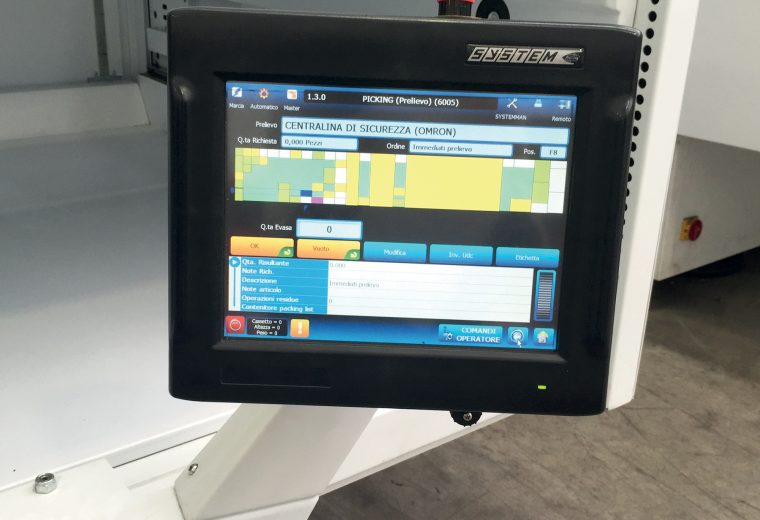What is Predictive Maintenance? [How It Works + Key Benefits]
According to industry estimates, each hour of downtime can cost your warehouse operations to lose an average of $10,000 to $22,000.
One solution to avoid this costly issue? Predictive maintenance.
Whether you are wondering how this strategy works or looking for the best predictive maintenance technique for your warehouse operations, we’ll share everything you need to know in this 101 guide.
Plus, we will introduce you to our advanced solution for predictive maintenance at Modula that will help you minimize downtime and cut costs.
What is Predictive Maintenance?
Predictive maintenance (PdM), also known as condition-based maintenance, is the process of utilizing machine learning algorithms and predictive analytics to anticipate when equipment will require maintenance.
This strategy is used by maintenance teams across industries to reduce downtime, boost employee safety and cut costs on equipment replacement.
Predictive Maintenance vs. Preventive Maintenance
Not to be confused with predictive maintenance, preventive maintenance (PM) is the process of performing scheduled maintenance activities to prevent unexpected equipment failure from occurring.
While predictive maintenance can be scheduled when needed, preventive maintenance occurs on a regular schedule, regardless of the current condition of the equipment.
Predictive maintenance relies on data analysis techniques, such as machine learning, statistical analysis and deep learning to identify patterns and forecast equipment failures.
On the other hand, preventive maintenance utilizes industry standards, manufacturer recommendations and historical data to perform routine maintenance tasks.
How to Implement Predictive Maintenance
Implementing a predictive maintenance strategy within your warehouse isn’t difficult or costly. Here’s what it entails:
- Establish baselines: Set baselines to help you identify deviations from your equipment’s normal operating conditions. To establish baselines, collect and analyze historical data (more on that below!)
- Collect data: Collect data from different sources, such as sensors and machines. This data can include vibration, temperature, pressure, and other measurements that indicate the health of your warehouse equipment.
- Analyze data: Analyze the data through advanced analytics techniques, such as machine learning algorithms that identify patterns and predict when equipment failure is likely to occur.
- Generate alerts: Once the data is set up to be analyzed, program your software to generate an alert when it finds a potential problem.
- Schedule maintenance: When an alert comes through, schedule maintenance on the equipment during non-working hours to eliminate downtime.
- Continuously improve your process: As you collect more data, refine algorithms to help you improve accuracy and reduce false positives. To refine algorithms, leverage more advanced techniques such as deep learning — a machine learning technique that trains machines to learn from examples (like the innovation behind driverless cars).
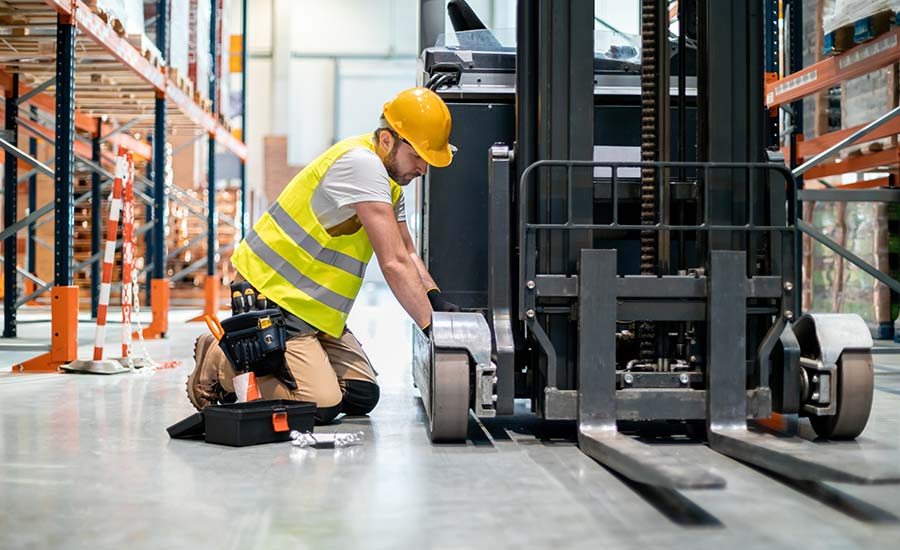
Predictive Maintenance Techniques
There are several different techniques you can use to help predict equipment failures before they occur and implement maintenance before equipment replacement is needed. These include:
1. Vibration Analysis
Vibration analysis is a maintenance technique that utilizes an accelerometer, velocity transducer or displacement probe to monitor changes in your equipment’s vibration frequencies.
Vibration analysis can help detect out-of-shape shafts, equipment misalignment, loose mechanical components and motor issues.
When a machine is running smoothly, it emits a specific vibrational frequency. But when its components start to wear down, the vibration changes and a new pattern emerges, which can result in potential equipment failure.
2. Oil Analysis
Oil analysis is a maintenance technique that evaluates your equipment’s lubricant.
To conduct an oil analysis, you simply extract oil from a machine using a vacuum pump, then test it for viscosity and the presence of water.
3. Motor Circuit Analysis
Motor circuit analysis (MCA), also known as motor circuit evaluation (MCE), is a maintenance technique that utilizes multimeters and insulation testers to check the health and performance of your warehouse equipment’s motor.
The motor’s electrical signature is analyzed, including its voltage and current, to detect ground faults or contamination.
4. Infrared Thermography
Infrared thermography is a maintenance technique that utilizes infrared imaging to detect heat that is coming from warehouse equipment.
This works by identifying hotspots or above-normal temperatures, which often occur in faulty equipment.
5. Acoustic Monitoring
Acoustic monitoring is a maintenance technique that utilizes microphones or acoustic sensors to assess the health and performance of your warehouse equipment.
With acoustic monitoring, you can detect the sounds of gas emissions, liquid, or vacuum leaks in equipment.
Key Benefits of Predictive Maintenance
From reducing downtime to saving money on costly equipment replacement, here are three key benefits of this strategy.
1. Boost Employee Safety
According to the U.S. Bureau of Labor Statistics there were 4.8 recorded injuries for every 100 full-time workers in the warehousing industry in 2019.
Workplace accidents, including getting caught in faulty equipment, can cause serious harm to your warehouse operators.
Through regular inspections and maintenance, you can identify potential hazards early on, before they become serious safety risks.
2. Reduce Downtime
Hours of downtime can translate into thousands and even millions of dollars in lost revenue.
When you implement this strategy, you can avoid unexpected equipment breakdowns that result in costly downtime.
3. Save Money
Warehouse equipment is costly — a new electric forklift can range from $4,000 to $12,000, for example.
Inspecting and maintaining warehouse equipment allows you to pinpoint issues as they arise, so you can schedule more affordable repairs before problems snowball and require a complete replacement.
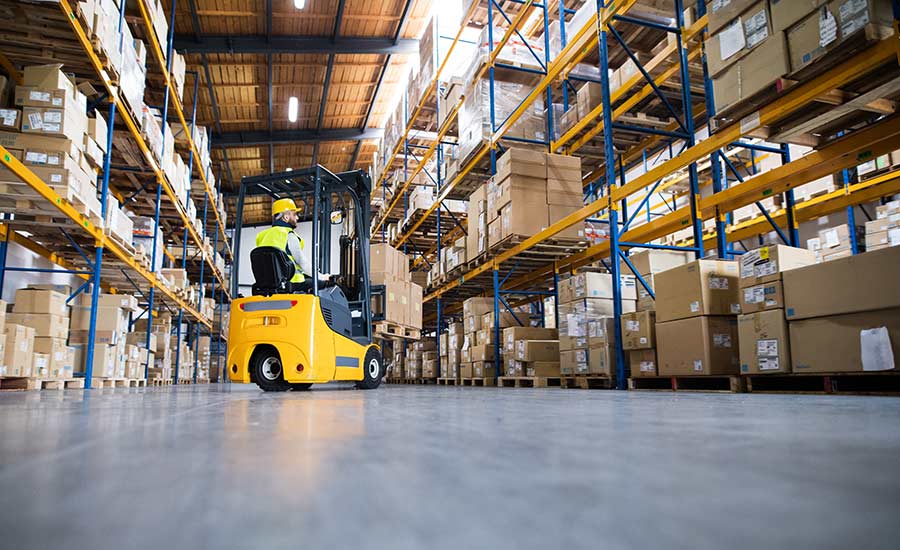
Challenges of Predictive Maintenance [With Solutions]
While predictive maintenance offers significant benefits, there are also some challenges you may face when implementing this strategy. Challenges include:
1. Upfront Costs
Predictive maintenance requires cost up front. The exact cost of this strategy depends on several factors, including the type of warehouse equipment being monitored, the complexity of the software, and the level of data analysis required.
However, while this strategy involves an upfront budget, it can ultimately save on warehouse costs by reducing total repair costs and minimizing downtime.
To save money on this strategy:
- Develop a cost-effective maintenance plan that only focuses on critical equipment in your warehouse. For example, utilize this strategy on equipment that may cause harm to your employees, such as cranes and hoists
- Train your warehouse operators to perform simple maintenance activities, such as cleaning and lubricating equipment, to reduce the need for outsourced maintenance services
2. False Positives
Predictive maintenance can be prone to false positives, as inspections and maintenance activities may sometimes identify issues that do not actually exist.
For example, infrared thermography can cause false positives due to hot weather conditions, while acoustic monitoring can cause false positives because of background noise.
To minimize the risk of false positives:
- Utilize artificial intelligence (AI) and machine learning (ML) to improve your software’s ability to distinguish a real issue from a false positive
Implement a Predictive Maintenance Strategy with Modula Cloud
Modula is an industry leader that provides state-of-the-art storage solutions and inventory management systems.
With Modula solutions, you can get reports and valuable insights on your warehouse operations — including your equipment — from anywhere, with one click.
Modula Cloud is a remote management, analytics, and support platform that gathers statistical data from Modula’s automated storage and retrieval systems (ASRS), regardless of where they are in your warehouse.
Built-in and always on, Modula Cloud captures all data in an intuitive online portal where you can securely track and manage your warehouse operations, from any device and location.
When connected to the Modula Warehouse Management System, Modula Cloud allows you to:
- Monitor your Modula storage systems remotely
- Receive updates and alerts in real-time
- Manage your warehouse from any location
- Obtain remote diagnostics, support, and resolution
- Implement predictive warehouse maintenance
- Monitor your warehouse status, including energy consumption, unit statistics, warning lights, alarms, and alarm reports
- Track the status of your Modula units, including the model, operating system, software and license version, maintenance, and history
- Oversee the performance of each of your Modula units, including the total number of missions, number of missions per day or per period, saturation volume, energy consumption, alarms, and maintenance warning
- Receive a notification if your machine is running smoothly, offline, or is experiencing an issue that needs to be addressed
- Receive comprehensive reports on how efficiently your machine’s trays are being used
- Track how many cycles have been run, the number of orders that have been filled, the amount of energy consumed, and other relevant data
See the Modula Cloud in action below!
MODULA CLOUD: How Does it Work?
So, how does Modula Cloud work?
First, the Modula WMS gathers and analyzes statistical data from each of your Modula unit, then automatically transfers the information to your Modula Cloud platform.
The algorithms create a mathematical model that helps identify signs of wear over time so you can schedule the maintenance services required.
Thanks to advanced user authentication, you can access data (either on an individual machine or aggregate level) on the customer portal, which is accessible from any device and location.
In addition, an interactive map can help you oversee the status of your Modula units. To access the reports for each individual unit, simply click on the map.
At Modula, we can help you reimagine your warehouse operations and gain full control over your equipment’s performance with our next-level warehouse automation solutions.

